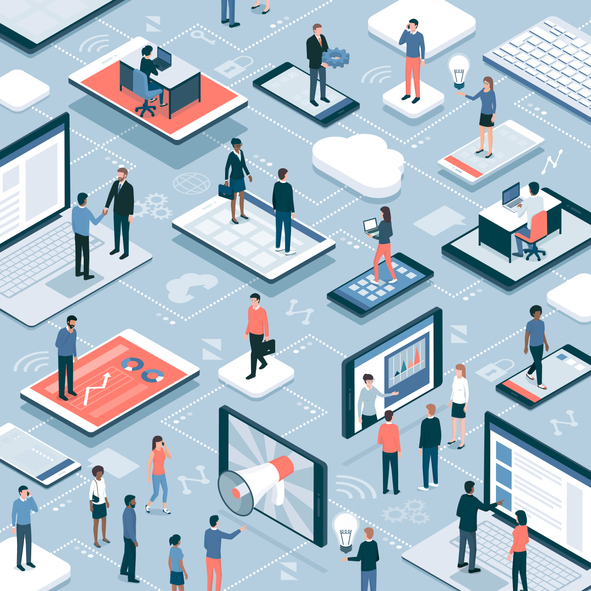Six steps taken by Bridgestone Asia-Pacific to digitalise HR
- HRM Asia Newsroom

Paul Choo shares his HR team’s experience in digitalising the function within Bridgestone’s China & Asia-Pacific region.
1. Align and obtain consensus across global and regional management
To employ a region-wide transformation process, obtaining consensus from the global and regional management is a crucial early step.
HR professionals will need to put forth a proposal on why they believe such a transformation is crucial and how it can impact the organisation’s productivity and growth.
2. Examine your organisation’s needs – both at a global and local level
HR professionals would need to re-examine the requirements of their organisation and determine how their HR function can operate to complement the company’s business needs and how their workforce expects to consume HR services.
In a large organisation, this would involve understanding the current HR processes that are being used in the different entities, and how a global system can unite the approaches while being flexible enough to meet the specific needs of local businesses.
3. Develop a HR transformation plan that is gradual and ongoing
In most cases, change doesn’t come easy, especially in large organisations, with differing practices across markets and entities. It is therefore important for companies to allocate the necessary time and resources in order to successfully implement the HR transformation project.
Furthermore, to deliver true transformation with lasting results, the process needs to be gradual and ongoing, with constant checks along the way and ‘discovery’ periods with all stakeholders following each phase. This ‘discovery’ stage will ensure that the each phase meets its planned business objectives.
4. Upgrade HR processes and implement core technologies
Replace legacy systems with an integrated digital platform for a sound digital infrastructure and alignment across regional units. Upgrade old tools for learning, recruiting, and performance management, and bring in systems that are easy for employees to use.
Keep up to date with the latest tools available, while also ensuring that it is relevant in meeting the needs of the organisation.
5. Educate employees about the new HR systems and processes
Towards the end of the transformation journey, it is important for the company to invest in training its employees on the new HR processes and tools at their disposal.
This will help them feel connected to the larger community of leading practices and new ideas in the marketplace.
6. Encourage feedback and keep room for improvement
The transformation journey does not stop even after it is implemented; it is an on-going process. Encourage employees to share their feedback and stay open to new suggestions or better ways to work.
Employees who believe they are listened to and valued will feel more connected to the organisation and motivated to do their best.






